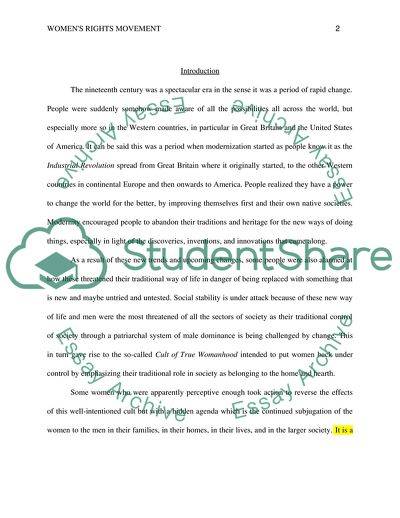Cite this document
(The Emergence of an Independent Women's Movement in America Report Example | Topics and Well Written Essays - 2250 words - 5, n.d.)
The Emergence of an Independent Women's Movement in America Report Example | Topics and Well Written Essays - 2250 words - 5. https://studentshare.org/history/1811888-american-women-history
The Emergence of an Independent Women's Movement in America Report Example | Topics and Well Written Essays - 2250 words - 5. https://studentshare.org/history/1811888-american-women-history
(The Emergence of an Independent Women'S Movement in America Report Example | Topics and Well Written Essays - 2250 Words - 5)
The Emergence of an Independent Women'S Movement in America Report Example | Topics and Well Written Essays - 2250 Words - 5. https://studentshare.org/history/1811888-american-women-history.
The Emergence of an Independent Women'S Movement in America Report Example | Topics and Well Written Essays - 2250 Words - 5. https://studentshare.org/history/1811888-american-women-history.
“The Emergence of an Independent Women'S Movement in America Report Example | Topics and Well Written Essays - 2250 Words - 5”. https://studentshare.org/history/1811888-american-women-history.


